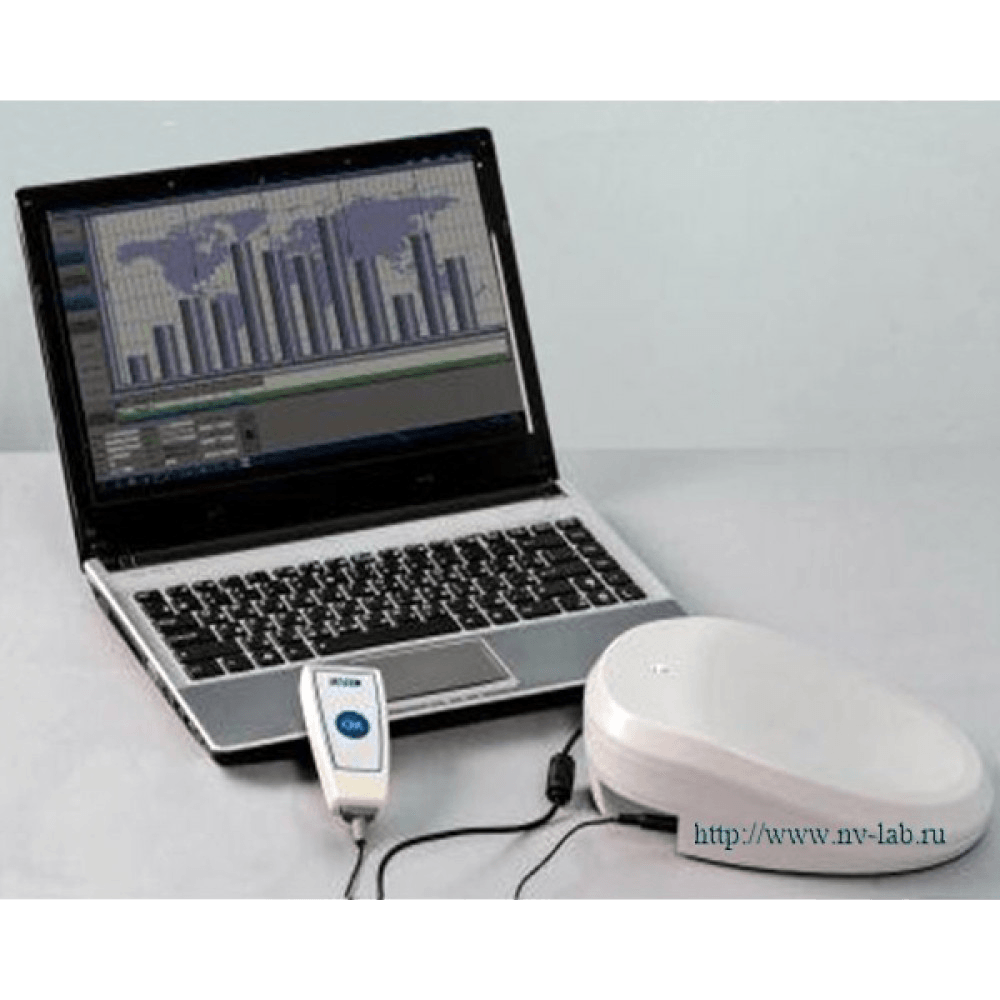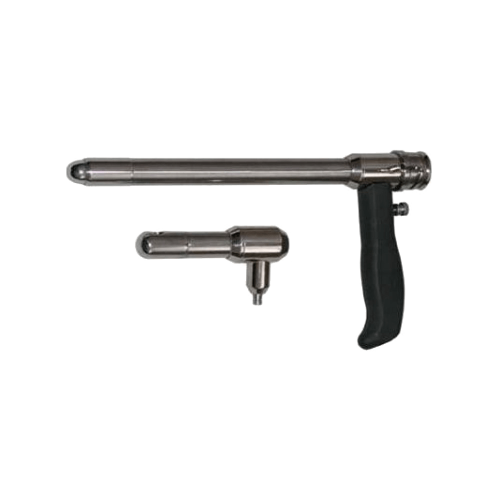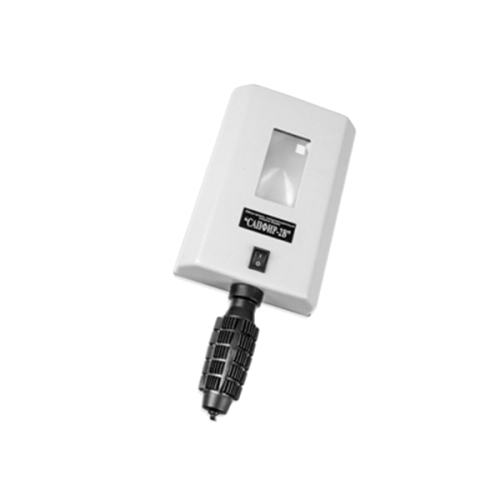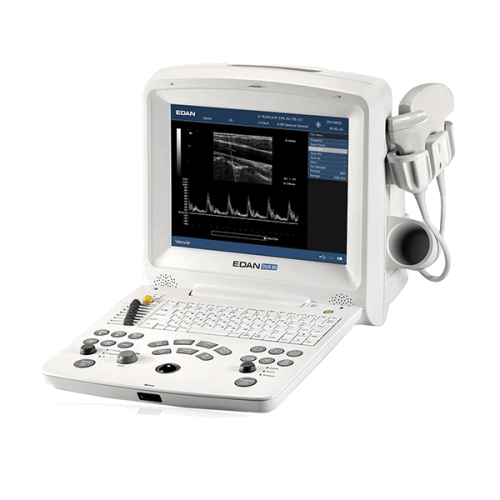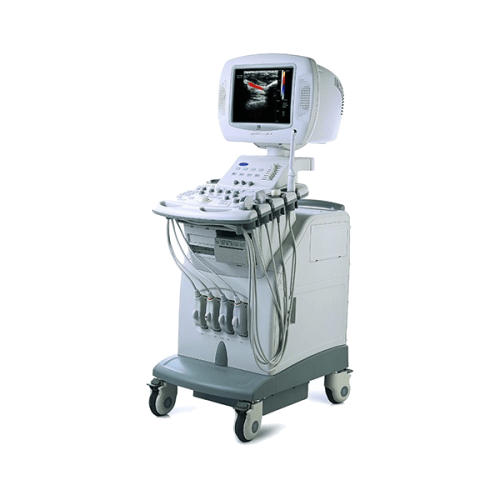Description
“Vibrosensotest-STM” is a modern computerized vibration tester – a medical diagnostic device for early diagnosis of nerve fiber damage using the computer pallesthesiometry method.
The principle of operation of the device is based on the method of registering the minimum intensity of vibration felt by the patient, and comparing it with the norm.
Sensitivity disorders are often observed in various diseases of the nervous system, such as: peripheral polyneuropathy of any origin, primarily diabetic and toxic, central and peripheral pain syndromes , autoimmune diseases , etc. The results of studies are usually used to clarify the tonic diagnosis, as well as to control the dynamics of the pathological process under the influence of the patient’s treatment.
The use of a vibration tester in the field of occupational health is most justified for diagnosing occupational diseases (caused by reflex effects exerted by vibration on various parts of the peripheral and central nervous system), leading to vibration disease.
“Vibrosensotest-STM” has two control modes – manual and automatic (programmable).
The Vibrosensotest-STM vibration tester metrologically fully complies with the international standard ISO 13091:2001 (GOST R ISO 13091-1:2008). At the same time, all readings of this device used for analysis are absolutely comparable with the standards adopted throughout the world. This approach completely removes any restrictions in terms of comparing the data obtained with this device and the data accumulated by the world scientific communities. The results of measurements obtained using similar devices, but developed without taking into account international standards, can only be compared with the data recorded on devices of this particular series.
Purpose of the vibration tester “Vibrosensotest-STM”
- vibration sensitivity test
- screening assessment of the functional state of thick myelinated fibers of A-beta type
- screening assessment of the functional state of thin unmyelinated nerve fibers of the C-type , thin myelinated nerve fibers of the A-delta type
In the study of vibration sensitivity, the device converts electrical vibrations in the range from 3 to 500 Hz into mechanical vibrations, which are transmitted to the movable core in the vibration transducer, and it is these vibrations that the patient feels.
The main distinguishing features of the vibration tester “Vibrosensotest-STM”
- Compliance with the international standard ISO 13091:2001 (GOST R ISO 13091-1:2008).
- Generation of “pure tone” stimulation signals .
- The ability to create, in addition to standard, your own research methods .
- Possibility of smooth change of frequency of the vibrator. By gradually increasing the vibration frequency, one can very accurately determine the upper and lower thresholds of vibration sensitivity.
- Cross-platform software that allows you to work with all types of computer systems from stationary PC stations (built into information systems of medical institutions, with Windows, Linux, MacOS X ), to compact laptops, as well as tablet PCs on Android, Windows, iOS .
- The possibility of using a special stand under the vibration transducer for working with the lower extremities, for example, in the study of disorders associated with diabetic peripheral sensorimotor neuropathy.
Technical characteristics of the vibration tester “Vibrosensotest-STM”
| Compliance with Vibrotactile Sensitivity Measurement Methods | GOST 13091-1:2008 |
| Stimulation frequencies for the study of vibrotactile sensitivity
according to GOST 13091-1:2008 |
3.15; 4.0; 5.0; 20; 25; 31.5; one hundred; 125; 160 Hz. |
| Additional pacing rates | 8,16,32,63,125,250,500Hz. |
| Setting an arbitrary pacing rate | supported |
| Stimulation frequency setting accuracy | 0.01 Hz |
| The form of the electrical signal applied to the vibration transducer | Sinusoidal pulses (pure tone)
Rectangular impulses (menadr) |
| Voltage setting range in dB relative to the reference level ²0²dB | from -45 to +45 |
| Voltage setting resolution, dB. | from 0.25 to 2
in increments of 0.25 |
| The range of vibration acceleration pulses on the working surface of the vibrator (g) | 0.0001-2 |
| Measurement modes | Auto
Manual |
| Operating mode settling time | No more than 5 min. |
| Weight | 0.6 kg |
Vibrosensotest-STM vibration tester software
- Formation of stimuli of a given frequency and amplitude in manual and automatic modes , receiving a response signal from the patient and saving the data as a recording file in a PC.
- Ability to create custom methods for registering tactile vibration sensitivity.
- Method for registration of slowly adapting mechanoreceptors type 1 (SAI), 1 (FAI), 2 (FAII).
- Plotting measurement results .
- Construction of graphs and tables of measurement analysis .
- Automated conclusion of measurements.
- Maintaining a database of patients.
- Export of analysis data to MS Word, Open Office applications .
- Data output and conclusions for printing .
- Software tools to ensure the possibility of integration into the information system of a medical institution.
Vibrosensotest-STM delivery set
- Vibration transducer on an anatomical hand rest
- Patient Response Registration Button
- Power Supply
- Interface cable
- Manual
- User’s manual
- VIBROSENSOTEST software, CD
- Packing case
- Laptop *
- USB mouse*
- ПО Microsoft Windows*
*- optional
Vibration tester “Vibrosensotest-STM” has the necessary permits:
- Registration certificate (issued by Roszdravnadzor)
- Declaration of Conformity

